Librairie L'Ostal Arverne
Pierre Bonnard illustrator - Catalog - Antoine Terrasse EO 1/25 Lithograph
Pierre Bonnard illustrator - Catalog - Antoine Terrasse EO 1/25 Lithograph
Couldn't load pickup availability
Description (ch)
- Considered one of the greatest painters of the 20th century, Pierre Bonnard was born in 1867 in Fontenay-aux-Roses, near Paris.
He first studied law, while attending the Académie Julian (1887-1889). Pierre Bonnard enrolled at the Paris School of Fine Arts in 1888.
From the beginning of the 1990s, he regularly participated in the Salon des Indépendants, then the Salon d'Automne. From 1891 to 1898, Bonnard exhibited with the Nabis group. He is then considered “the most Japanese of all French painters”. Bonnard paints and draws his arabesque shapes and applies his colors in a flat manner, avoiding any effect of depth.
His first personal exhibition was organized in 1896 (Galerie Durand). Bonnard paints portraits, self-portraits, Parisian street scenes, scenes of family life; he creates decorative panels. Bonnard collaborates with the “Revue blanche”. In the early 1900s, the artist focused on color and light. The preliminary drawing takes an increased part in the construction of his large compositions; the artist likes to show through the play of open windows and mirrors. He wants to capture space in its entirety through its immediate sensation.
- The catalog raisonné of Pierre Bonnard's illustrations , “Bonnard, illustrator”, was published in 1988 by Editions Adam Biro.
Created by Antoine Terrasse, the artist's nephew, recognized expert, the work is the absolute reference in this field . The author lists 59 entries for the period 1891-1947, between the cover “France-Champagne” – musical score for a “parlor waltz, for piano” – and the double issue of the magazine Verve
- For the great colorist Pierre Bonnard, drawing, in gray, black and white, occupies a determining place.
The painter always has with him a notebook or a piece of paper and a pencil to write down his current inspirations on the spot. It is in his daily experience that he finds the motifs for his paintings, painted in the studio from sketches where he prepared the composition.
Through his drawings, Bonnard seeks to capture the freshness of the sensation felt during observation, hence this unexpected definition of drawing according to him: “drawing is sensation; color is reasoning. » He reverses the academic approach which associates drawing and design, project and preconceived idea, and color, sensation, sensuality. Bonnard, on the contrary, seeks to draw in a spontaneous manner and freed from conventions and practices drawing more as an exercise of the eye than as an exercise of the hand.
For him, as for Gauguin before him, “knowing how to draw is not drawing well”: drawing is not a skill but a skill in seeing which consists precisely in trying to get rid of knowledge. In each drawing, he seeks to find a new relationship with beings and things and to express the sensation and emotion that appearances give him, without prejudice Bonnard erases the traditional hierarchy between the nude and its frame, the interior in which the living figure vibrates as much as she does.
In a study of a naked woman at her toilet, leaning over, in an interior, the body has no more importance than the rest of the composition, the line is even more accentuated on the chair and the pitcher than on the body of the wife. The artist draws the body in space, interpenetration of the subject and its environment. To draw the nude, he adopted an intuitive system of proportions which had nothing to do with academic measurements. His nephew Charles Terrasse tells how the artist had explained to him the necessary deformation of the model's body to be faithful to his vision: “The model is seen up close. He is standing.
The painter's eye reaches the height of the head. Vision is then normal. But, as the gaze descends, the figure seems to move away (…). The image that the painter receives is no longer normal, since it is receding oblique lines that present themselves to him. He therefore manages to see these longer lines; they overflow onto the concave mirror of his eye. And so, to be faithful to his vision, he will represent this body with elongated and apparently deformed legs. »
https://www.osenat.com/lot/21947/4726764-pierre-bonnard-18671947femme-a
State
Very beautiful work
- Note: 2 edge tears near the spine, on the first cover of the dust jacket
- slight dirt on the case
- Fresh interior
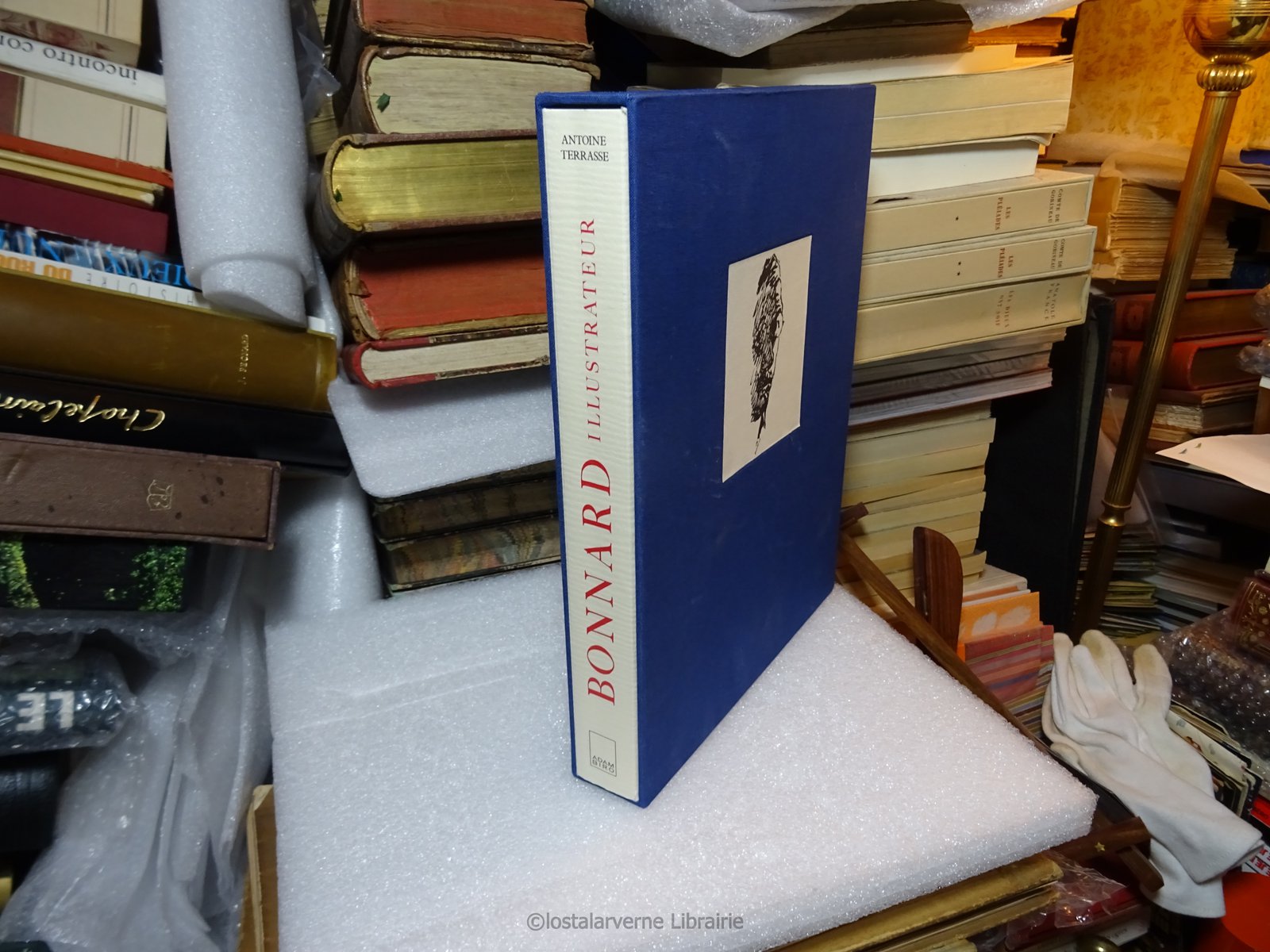
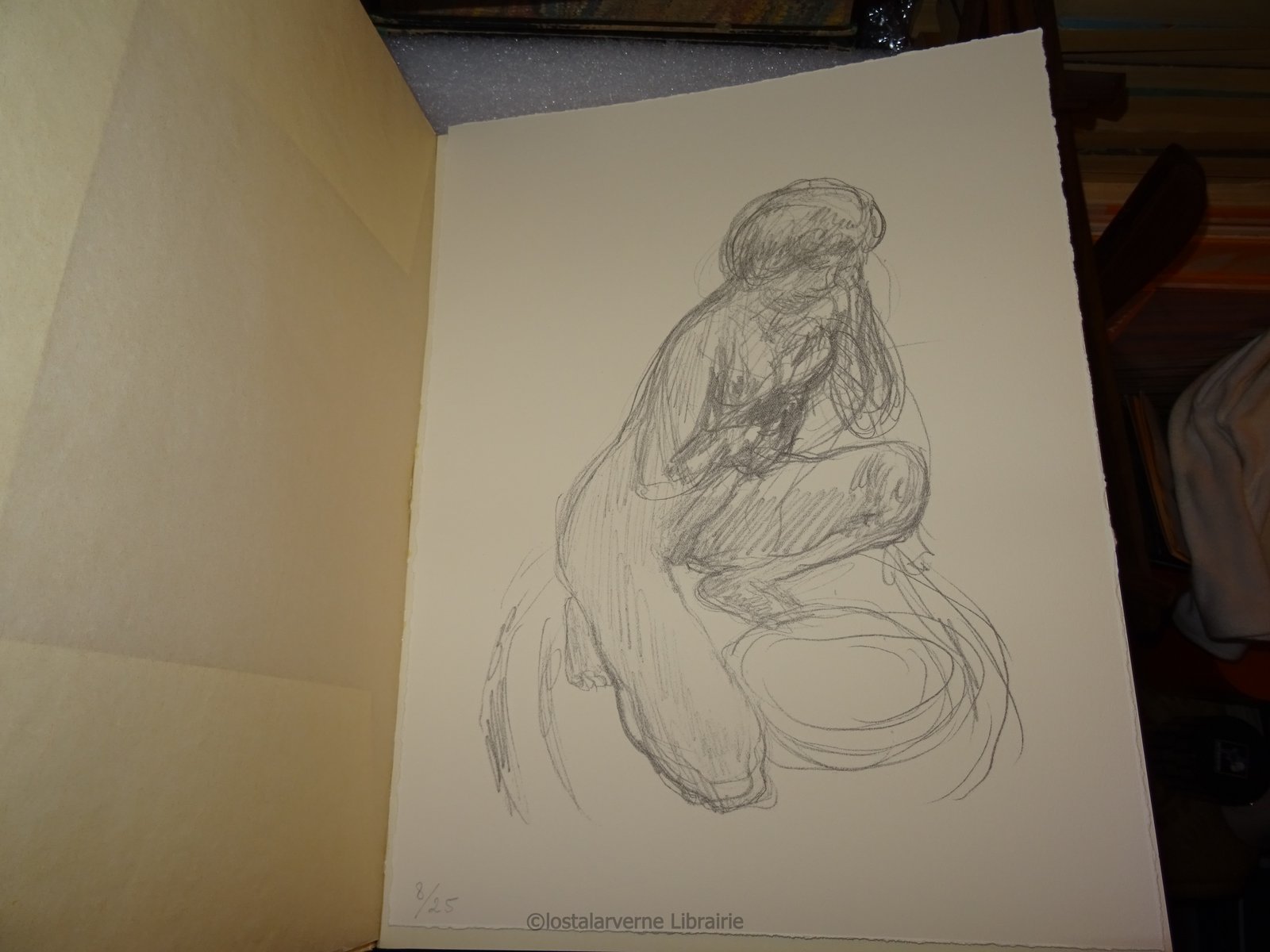
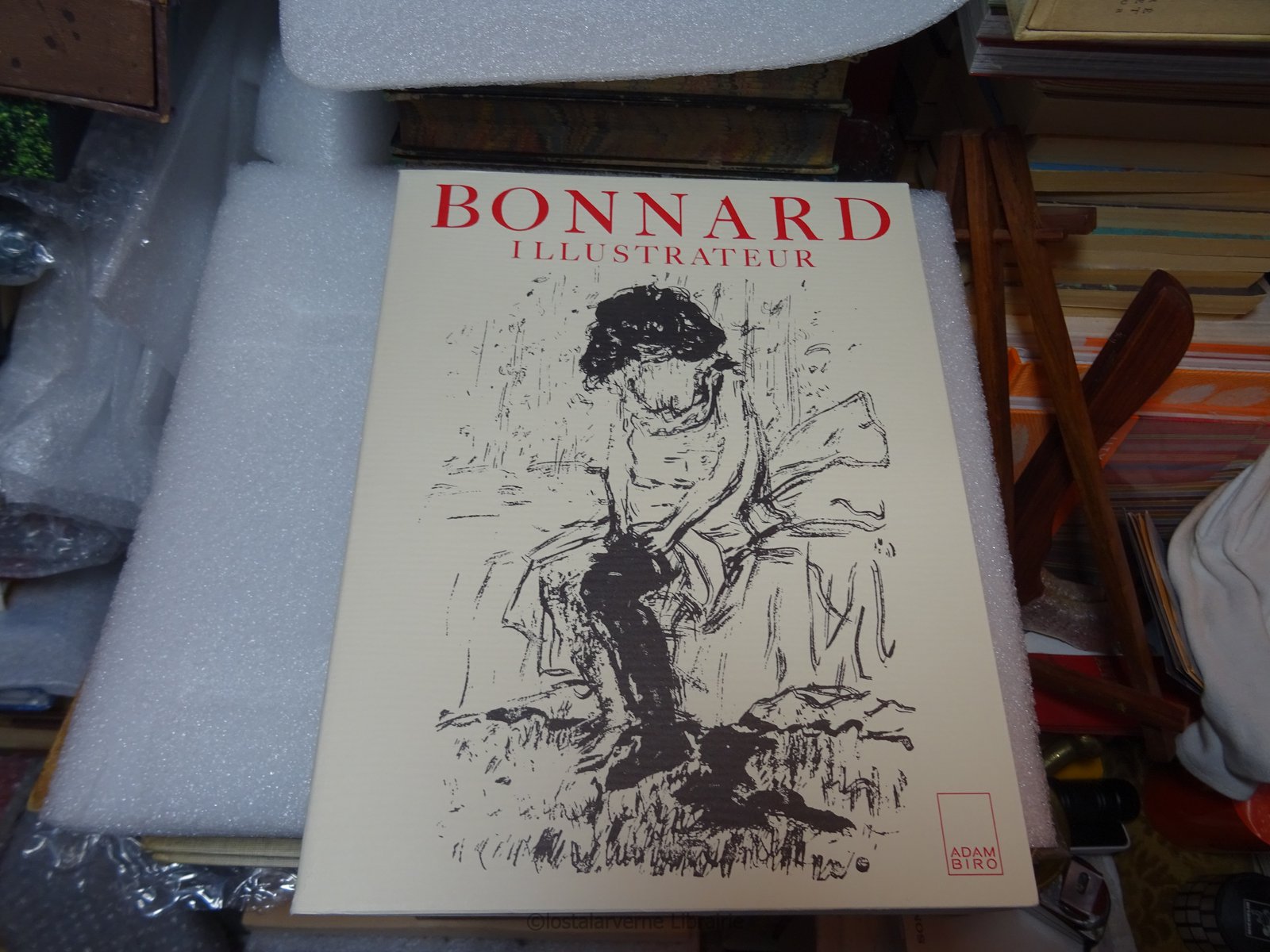
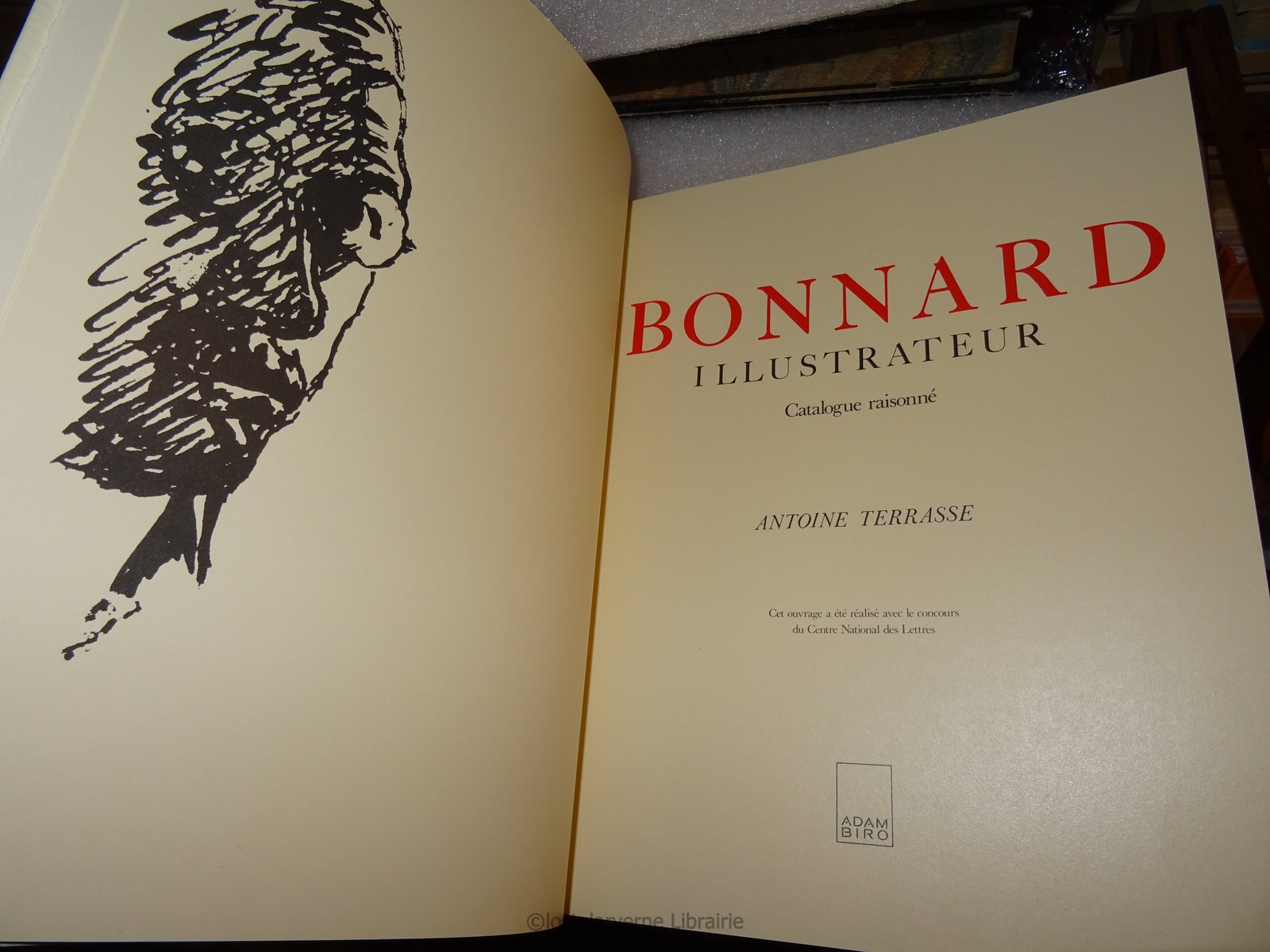
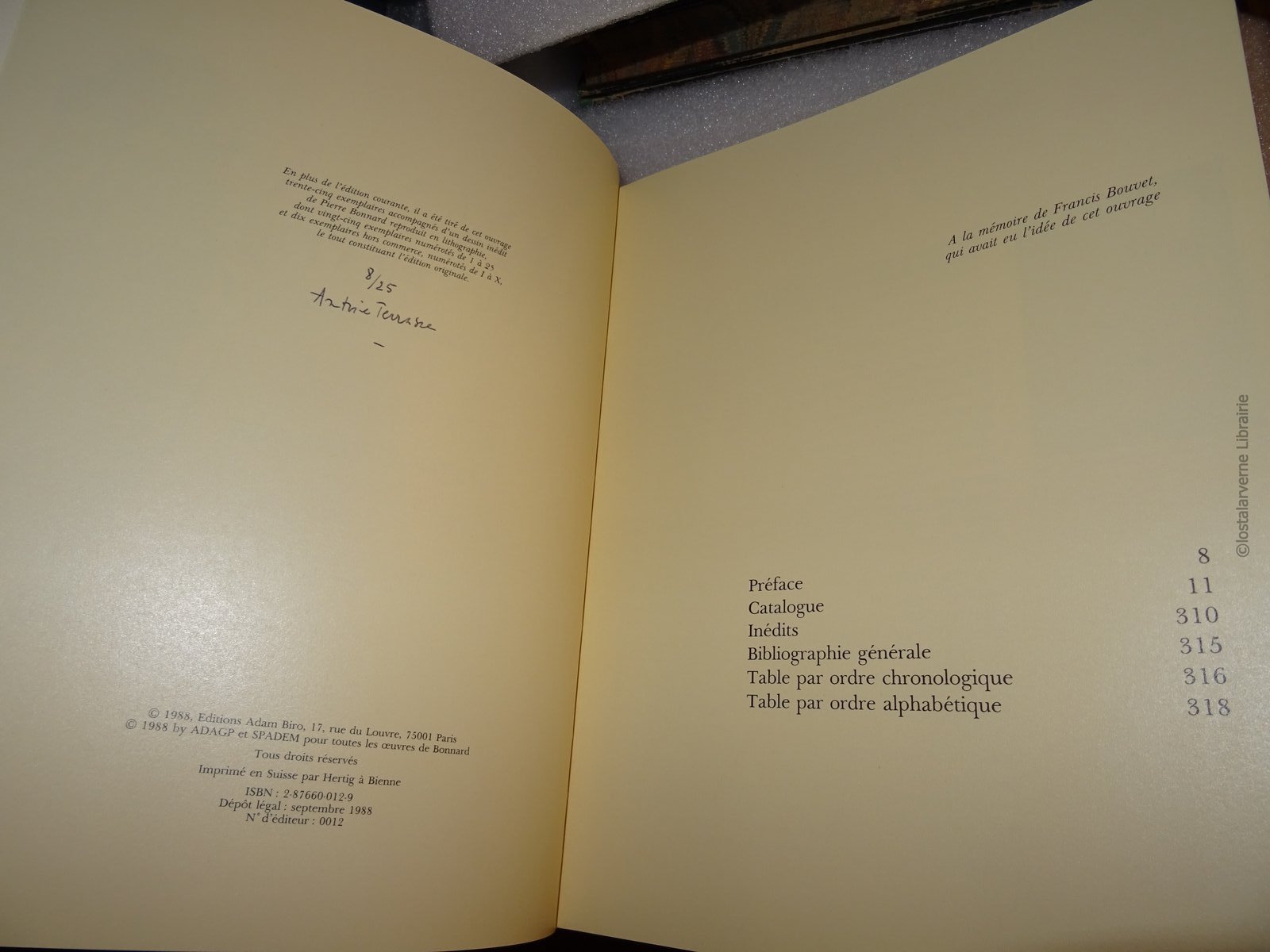
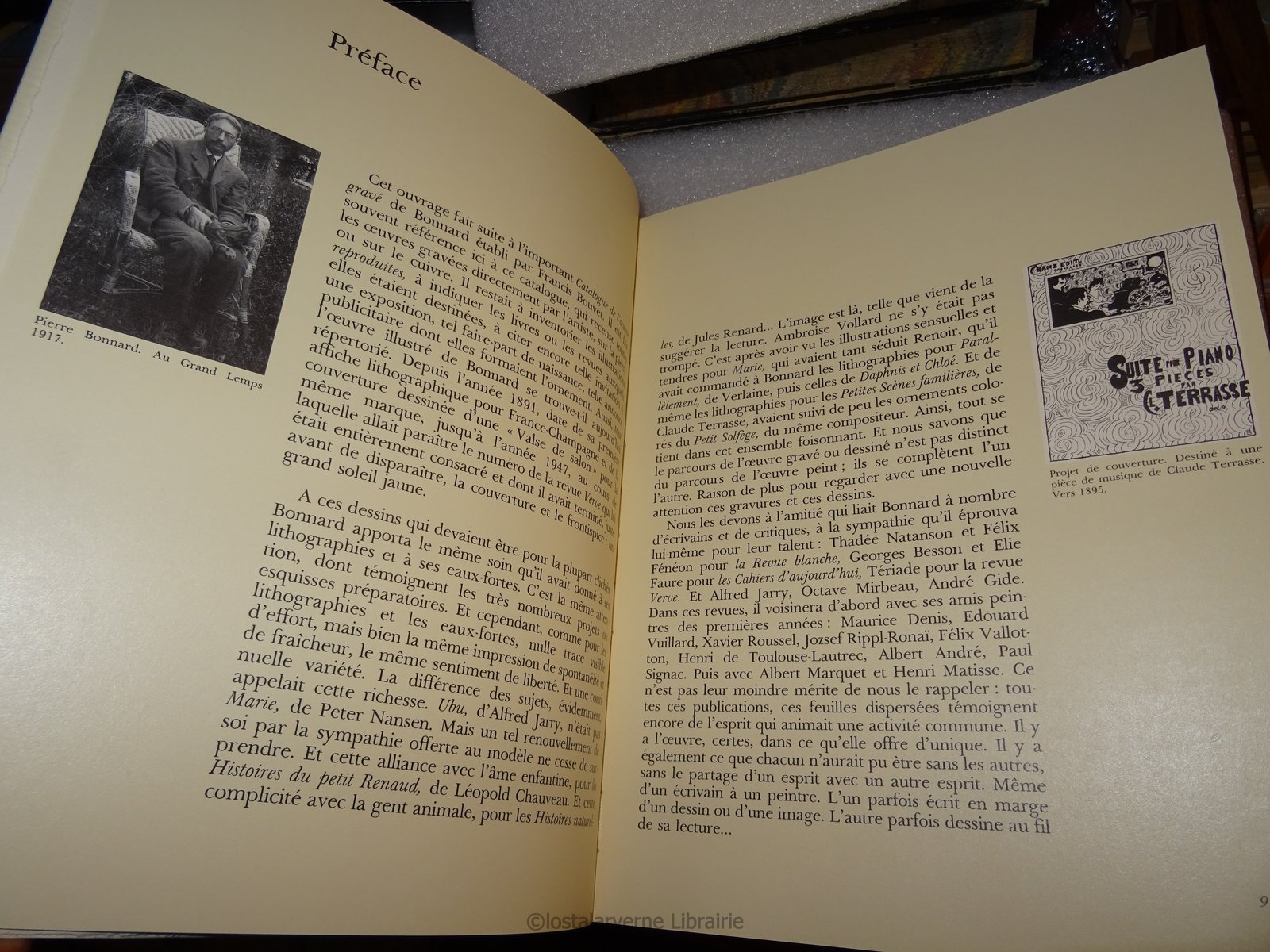
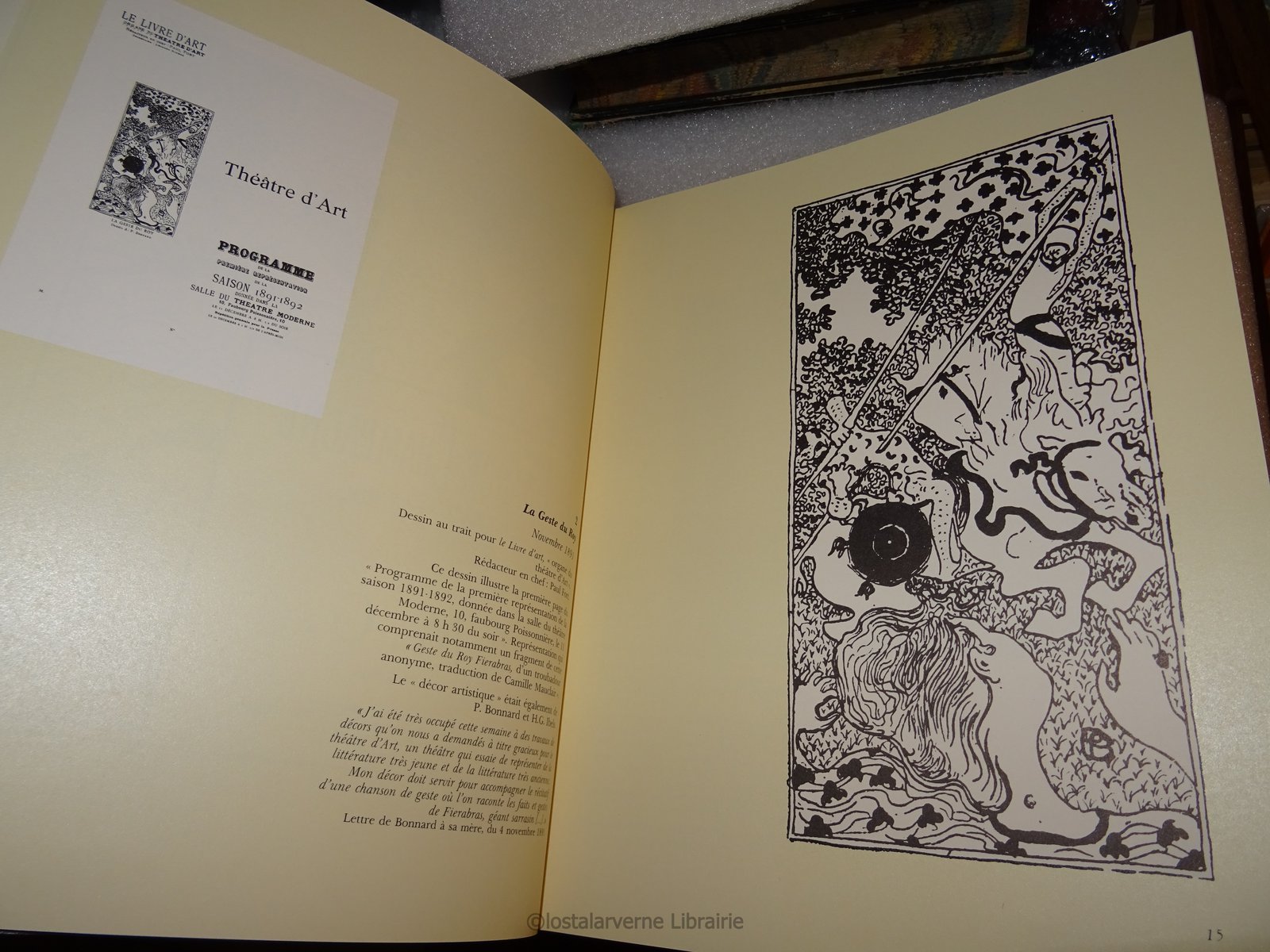
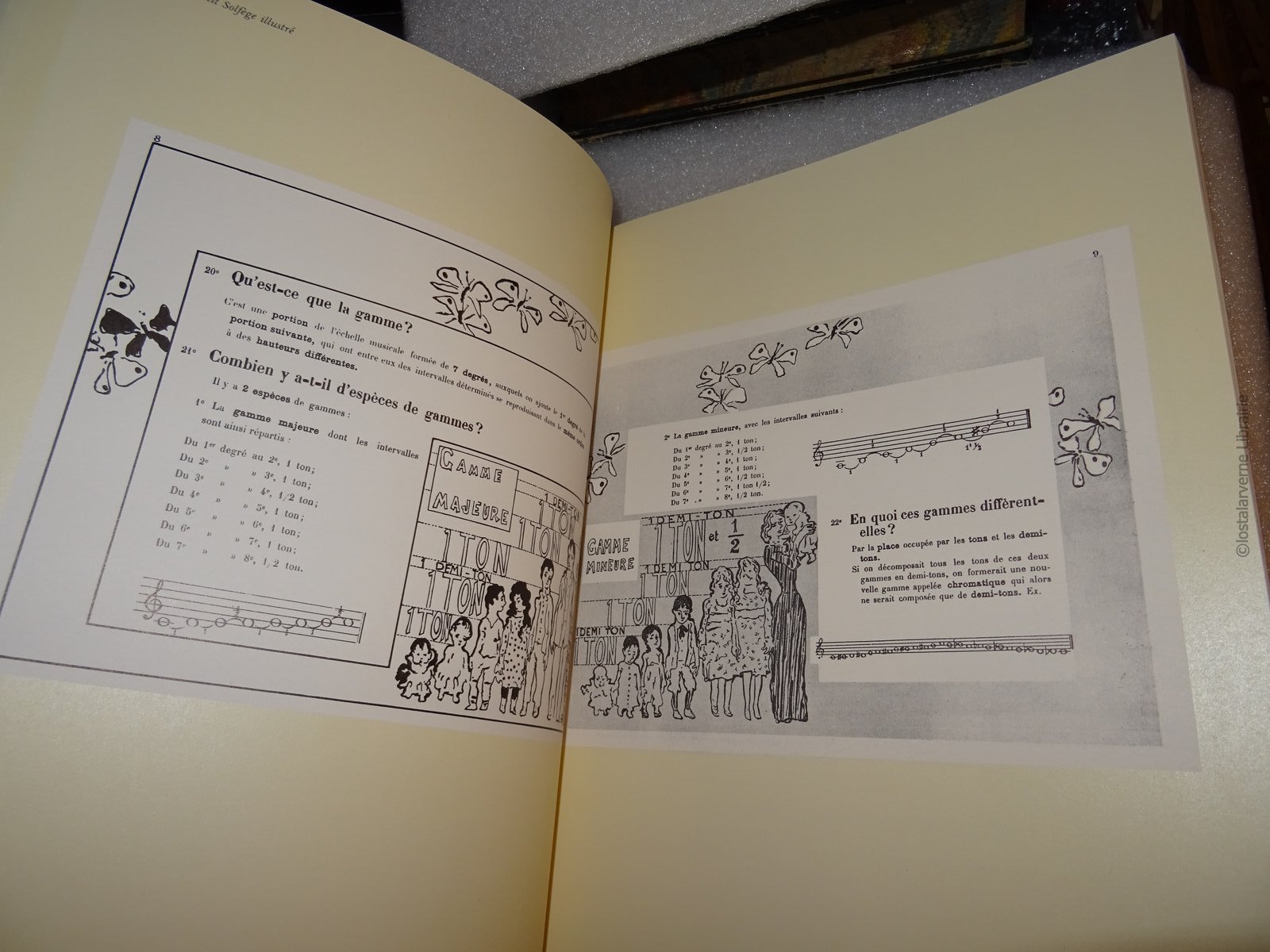
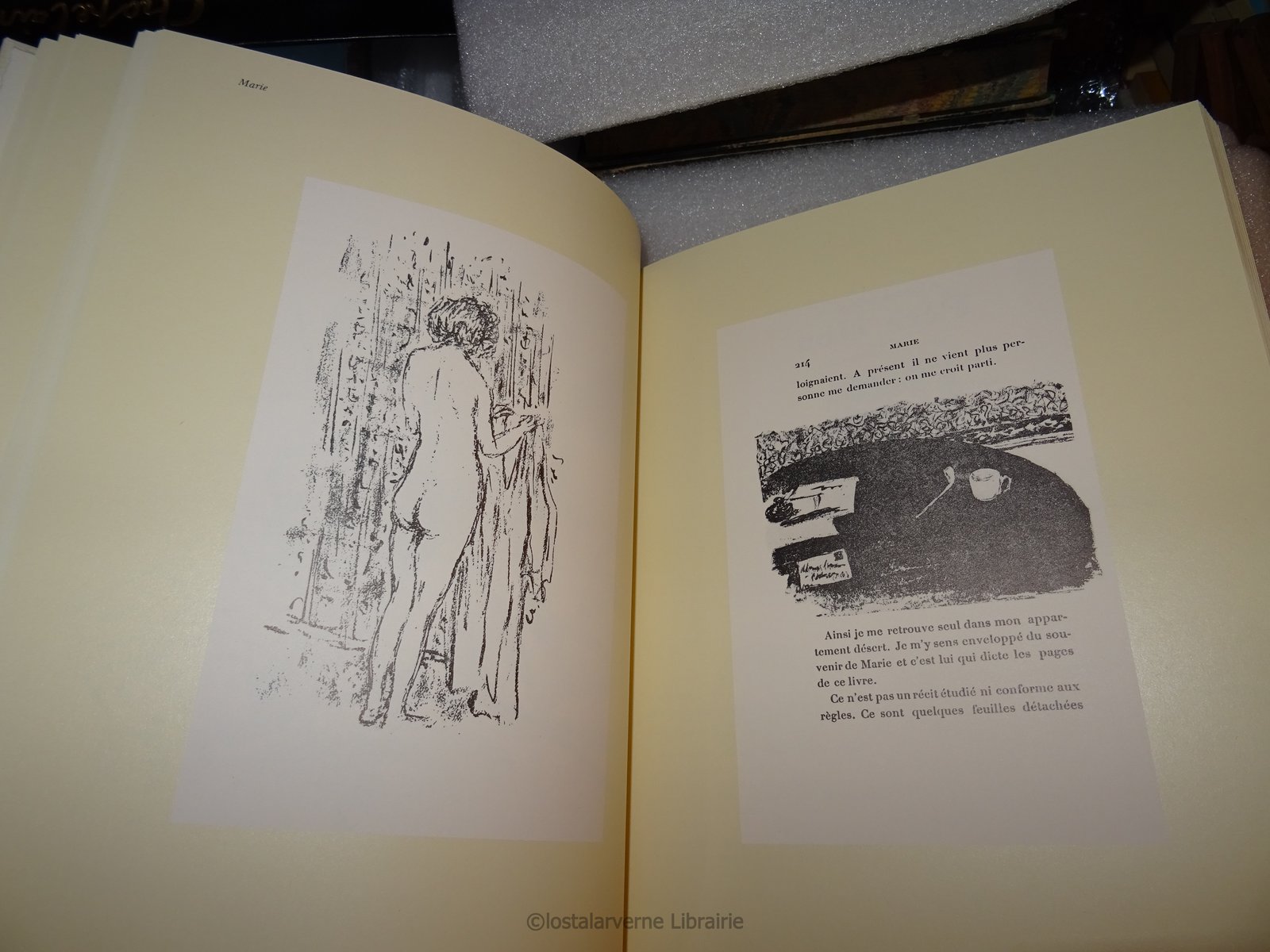
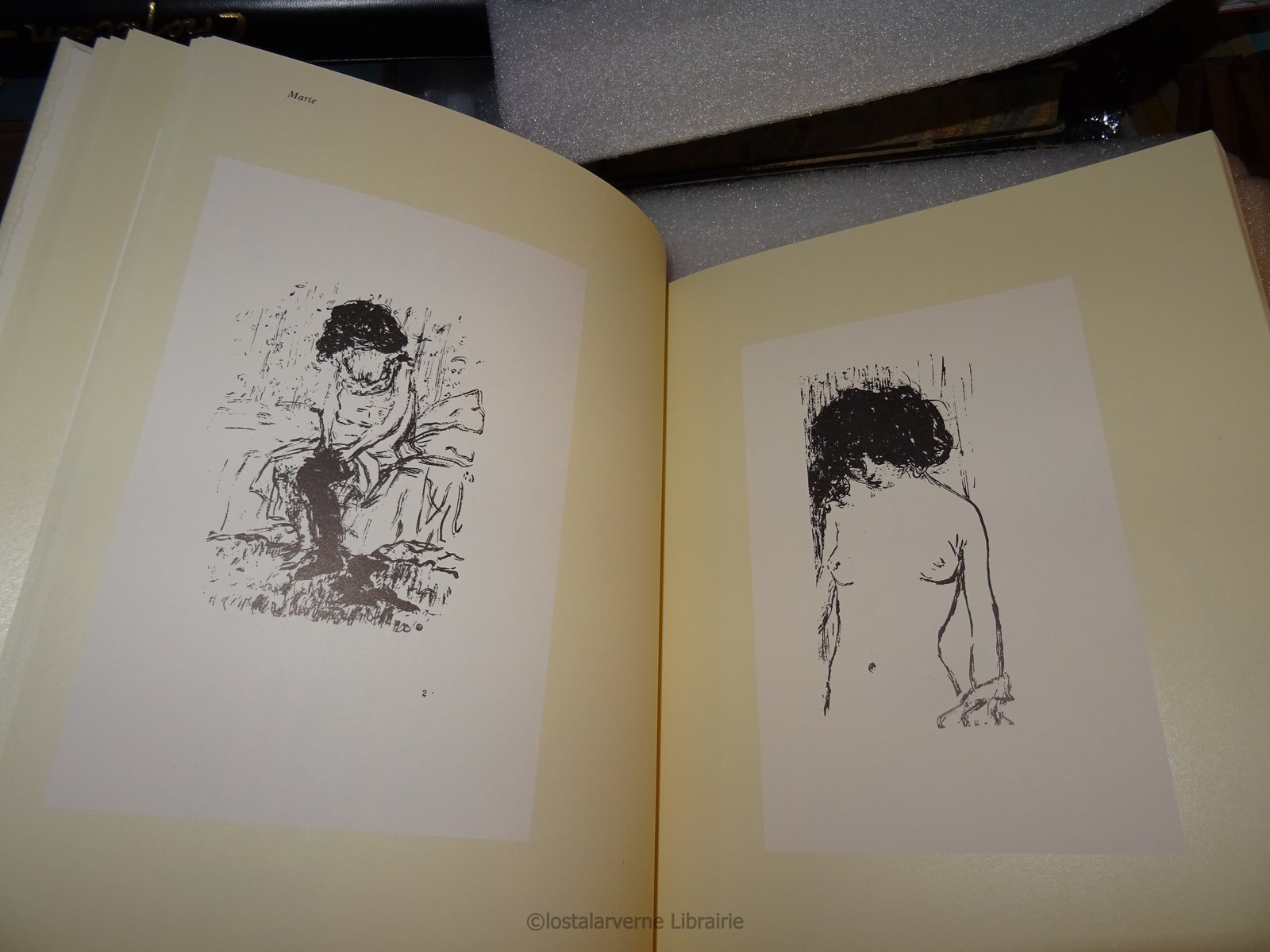
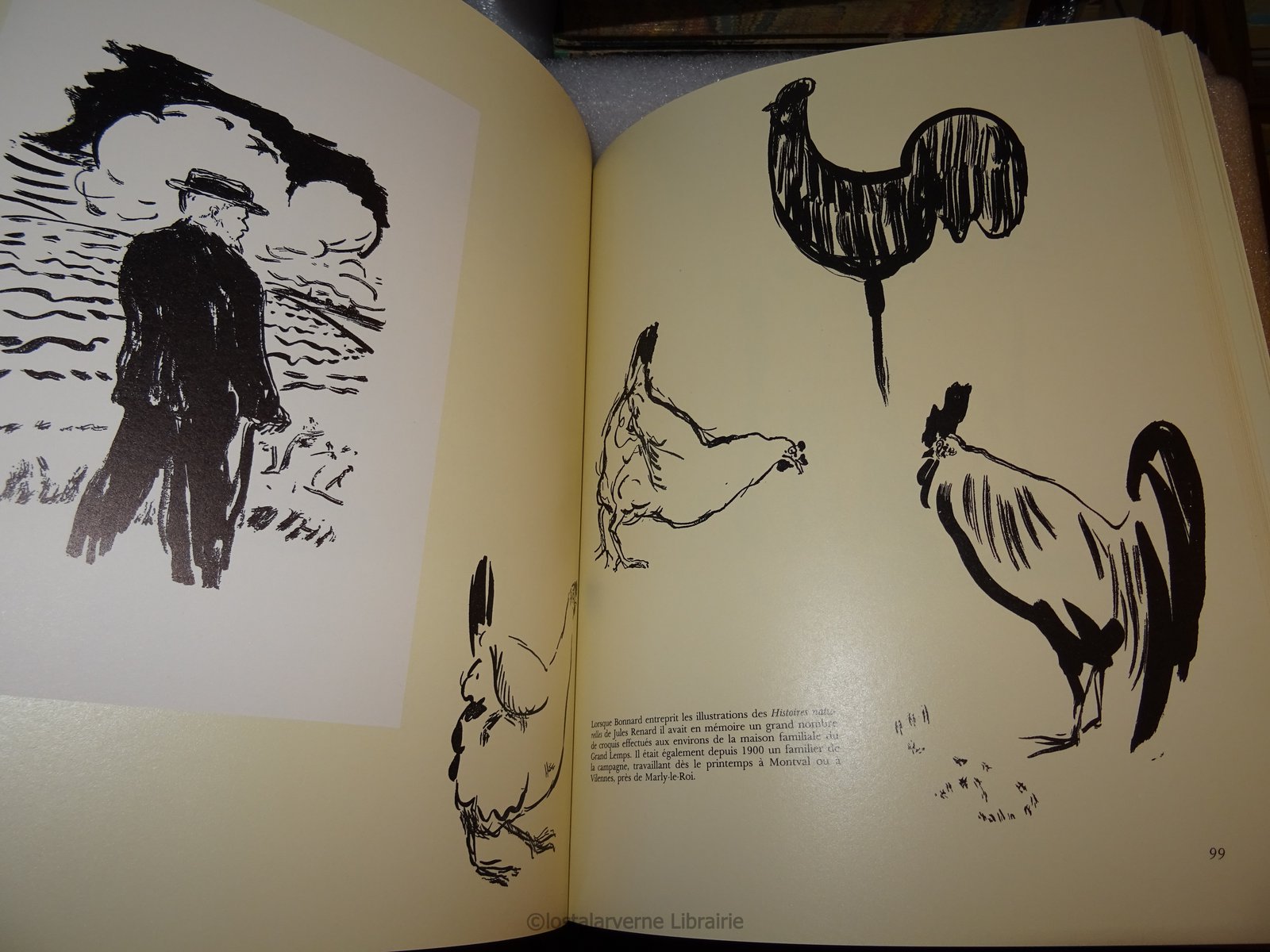
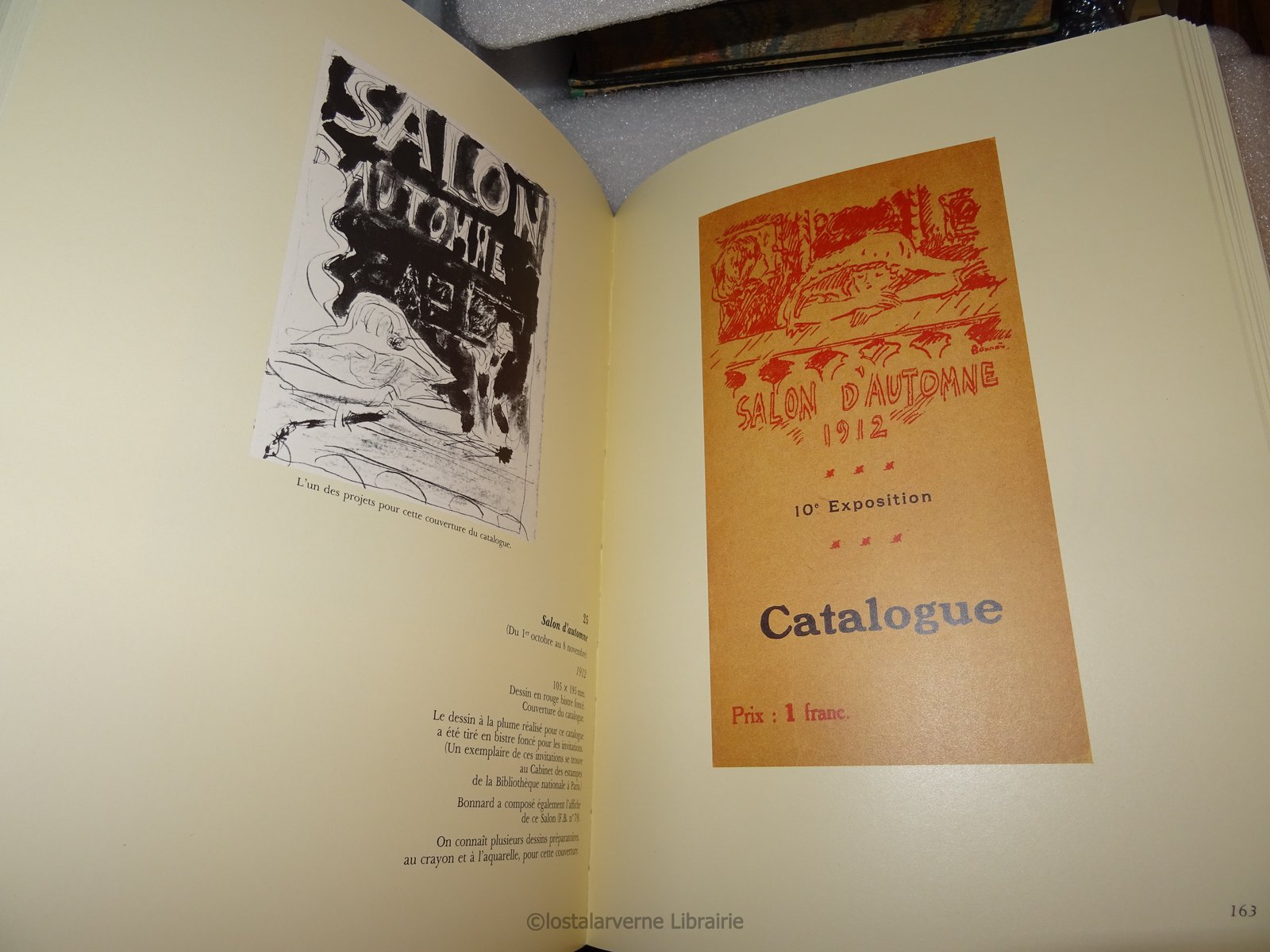
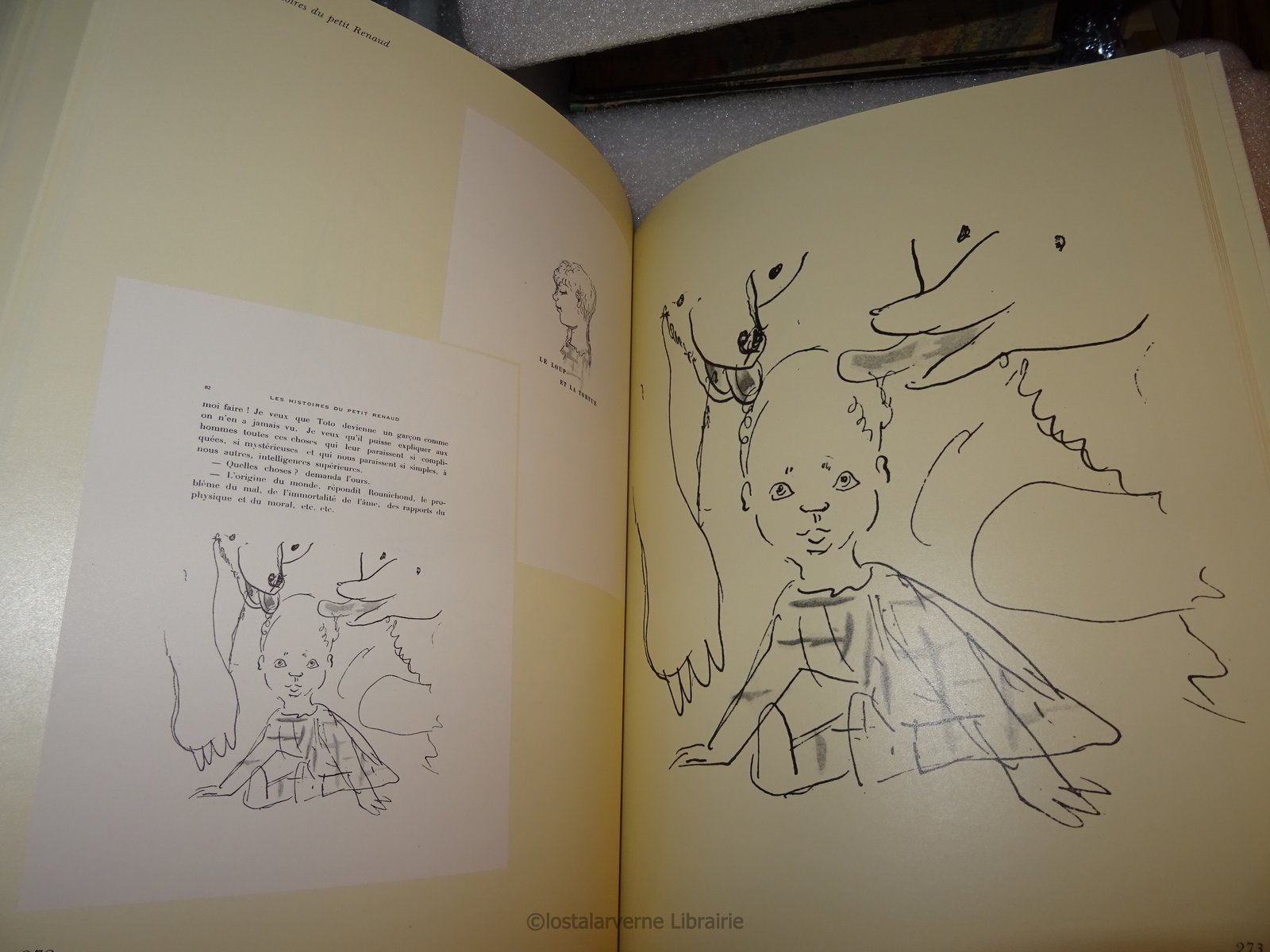
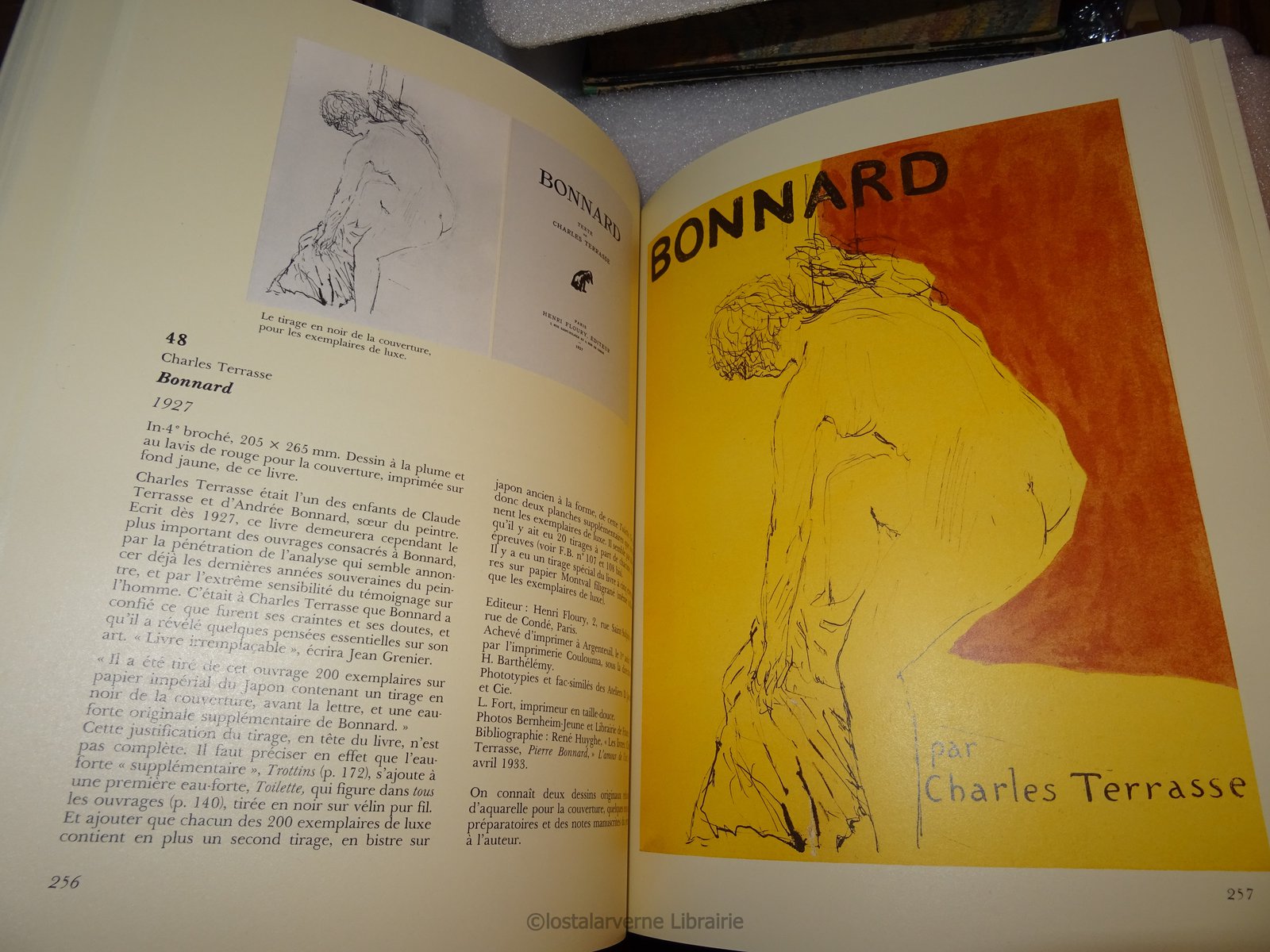
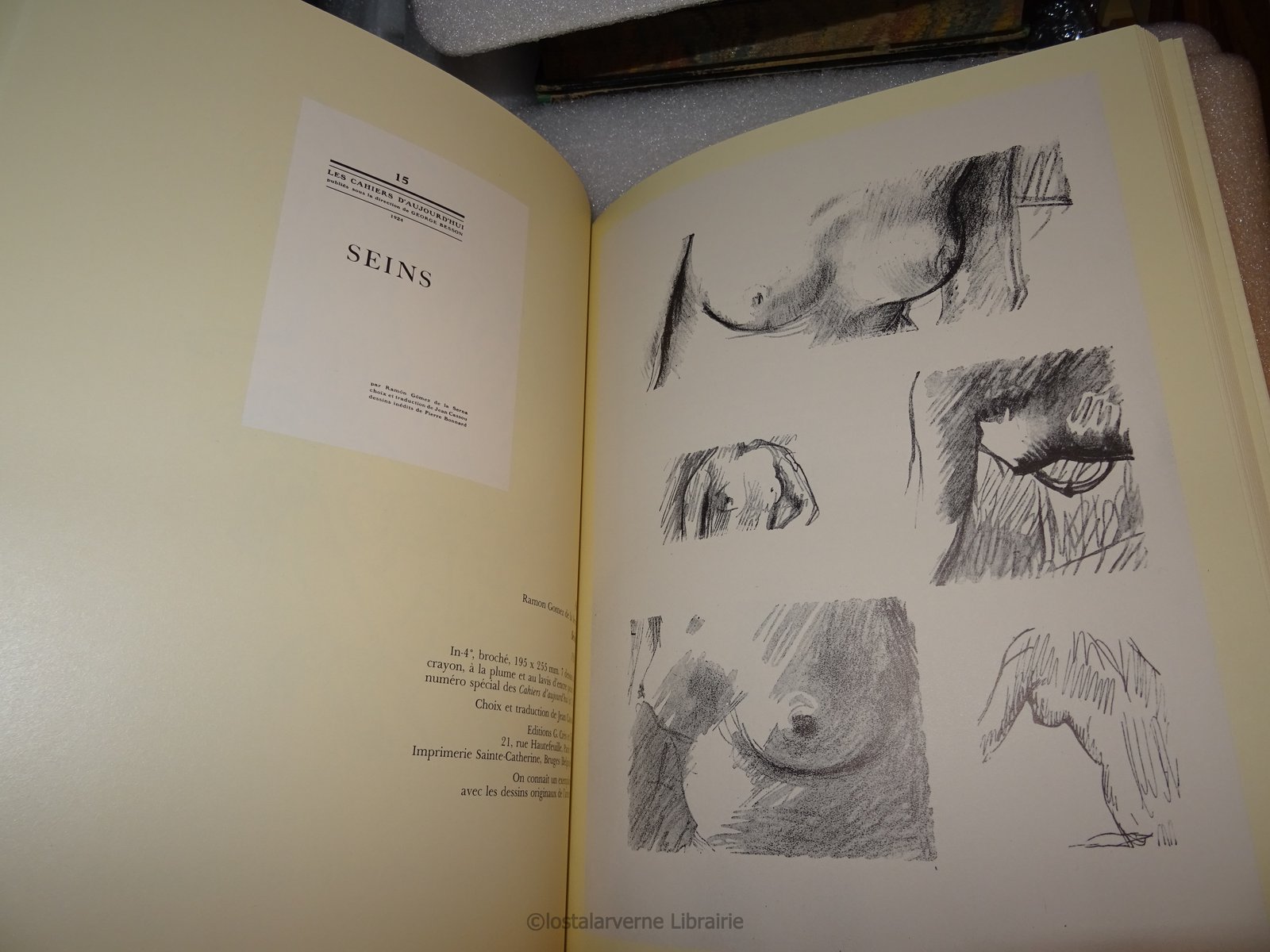
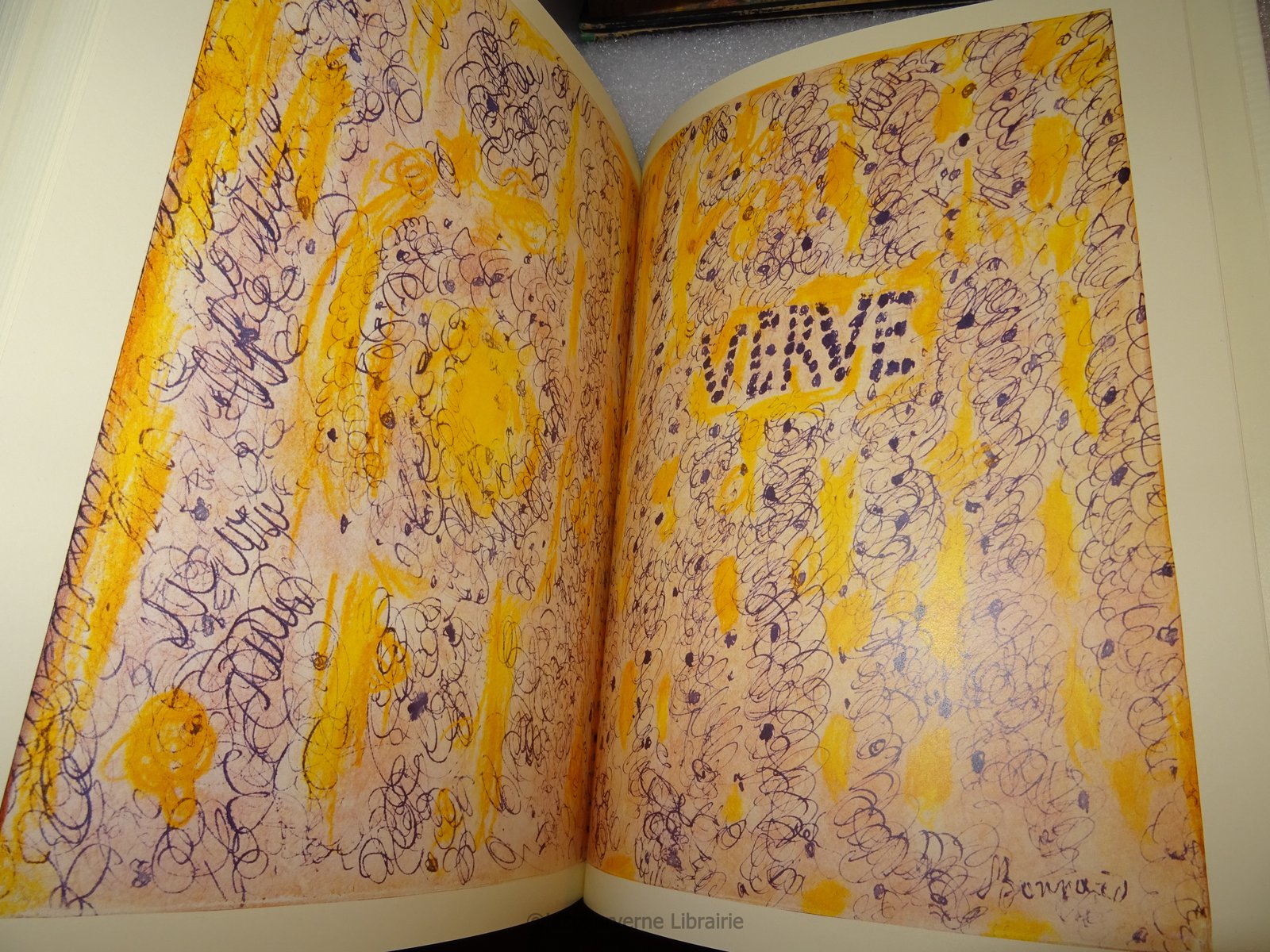
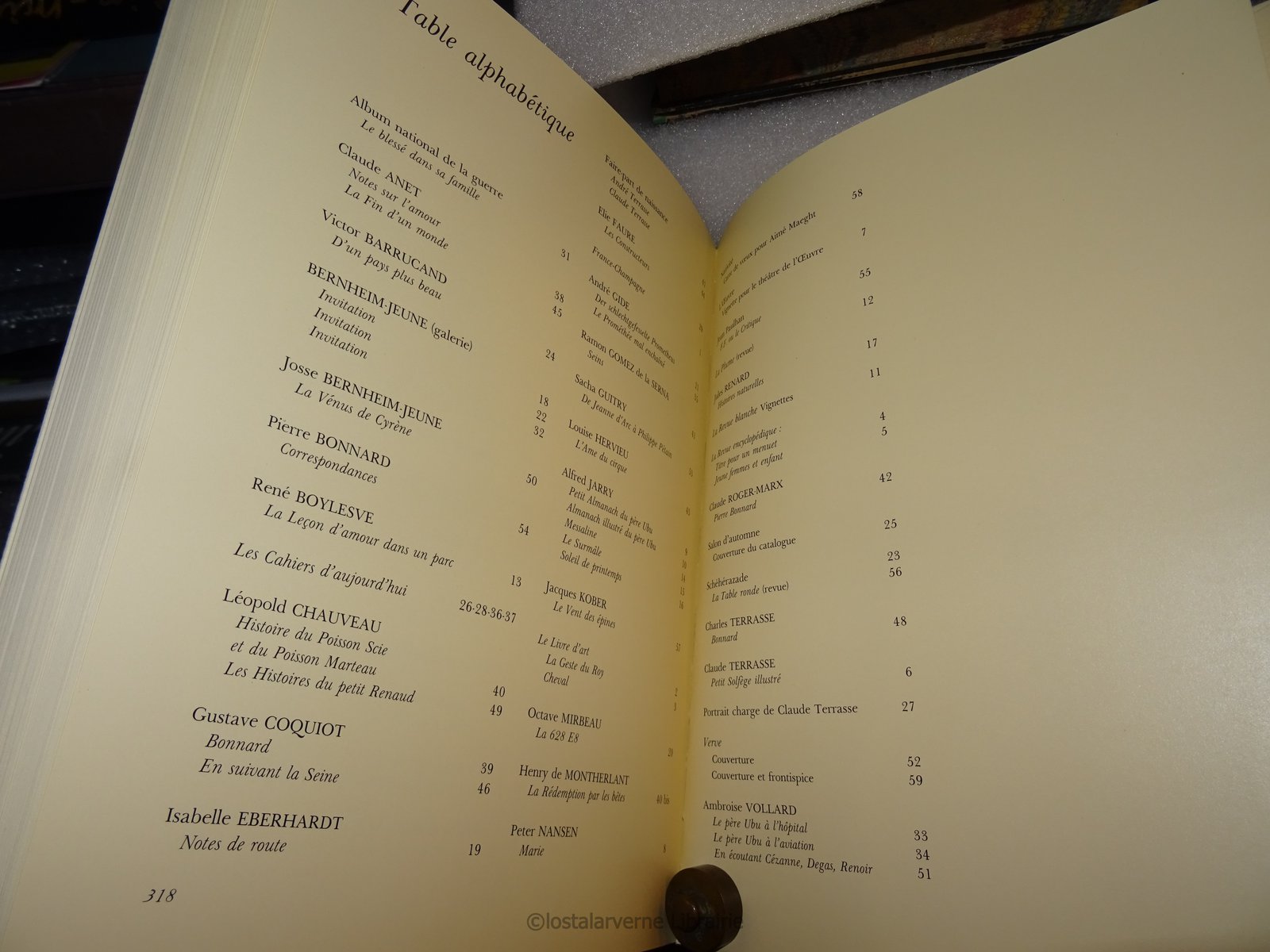
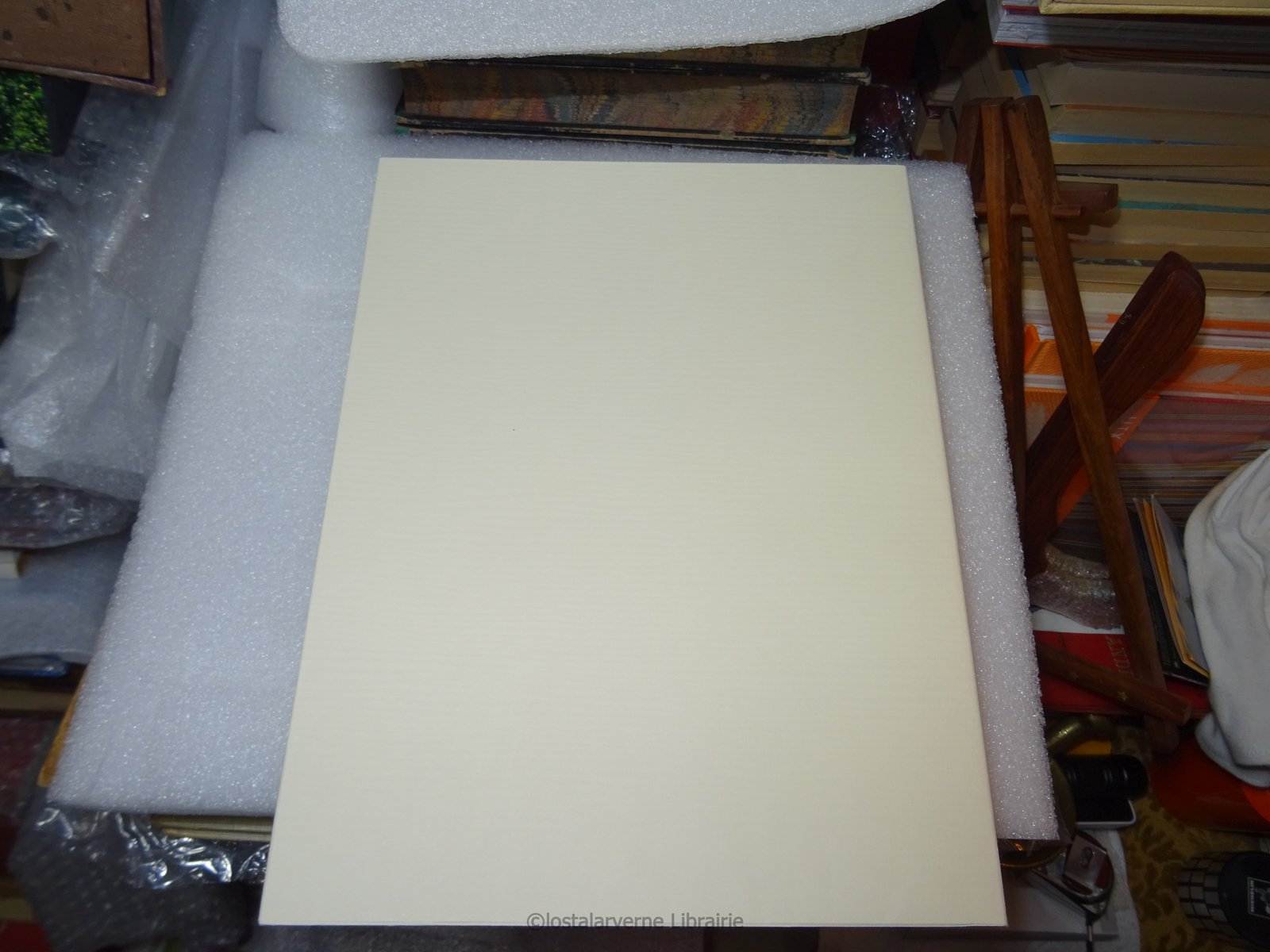
Share



